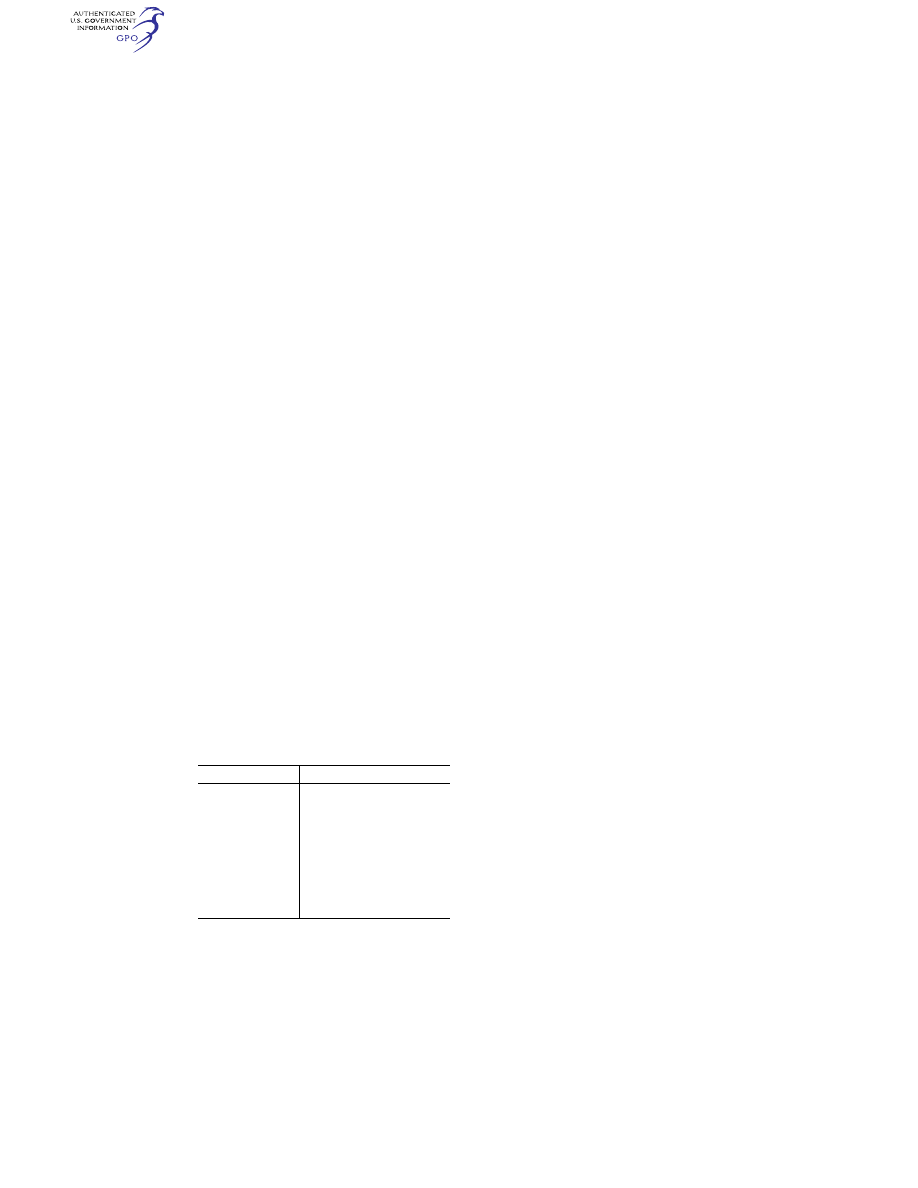
604
14 CFR Ch. I (1–1–24 Edition)
§ 29.623
(2) Need not be used with respect to
the bearing surfaces of a part whose
bearing factor is larger than the appli-
cable casting factor.
(c)
Critical castings. For each casting
whose failure would preclude continued
safe flight and landing of the rotorcraft
or result in serious injury to any occu-
pant, the following apply:
(1) Each critical casting must—
(i) Have a casting factor of not less
than 1.25; and
(ii) Receive 100 percent inspection by
visual, radiographic, and magnetic par-
ticle (for ferromagnetic materials) or
penetrant (for nonferromagnetic mate-
rials) inspection methods or approved
equivalent inspection methods.
(2) For each critical casting with a
casting factor less than 1.50, three sam-
ple castings must be static tested and
shown to meet—
(i) The strength requirements of
§ 29.305 at an ultimate load cor-
responding to a casting factor of 1.25;
and
(ii) The deformation requirements of
§ 29.305 at a load of 1.15 times the limit
load.
(d)
Noncritical castings. For each cast-
ing other than those specified in para-
graph (c) of this section, the following
apply:
(1) Except as provided in paragraphs
(d)(2) and (3) of this section, the casting
factors and corresponding inspections
must meet the following table:
Casting factor
Inspection
2.0 or greater ...............
100 percent visual.
Less than 2.0, greater
than 1.5.
100 percent visual, and magnetic
particle (ferromagnetic materials),
penetrant (nonferromagnetic ma-
terials), or approved equivalent
inspection methods.
1.25 through 1.50 ........
100 percent visual, and magnetic
particle (ferromagnetic materials),
penetrant (nonferromagnetic ma-
terials), and radiographic or ap-
proved equivalent inspection
methods.
(2) The percentage of castings in-
spected by nonvisual methods may be
reduced below that specified in para-
graph (d)(1) of this section when an ap-
proved quality control procedure is es-
tablished.
(3) For castings procured to a speci-
fication that guarantees the mechan-
ical properties of the material in the
casting and provides for demonstration
of these properties by test of coupons
cut from the castings on a sampling
basis—
(i) A casting factor of 1.0 may be
used; and
(ii) The castings must be inspected as
provided in paragraph (d)(1) of this sec-
tion for casting factors of ‘‘1.25 through
1.50’’ and tested under paragraph (c)(2)
of this section.
[Doc. No. 5084, 29 FR 16150, Dec. 3, 1964, as
amended by Amdt. 29–41, 62 FR 46173, Aug. 29,
1997]
§ 29.623
Bearing factors.
(a) Except as provided in paragraph
(b) of this section, each part that has
clearance (free fit), and that is subject
to pounding or vibration, must have a
bearing factor large enough to provide
for the effects of normal relative mo-
tion.
(b) No bearing factor need be used on
a part for which any larger special fac-
tor is prescribed.
§ 29.625
Fitting factors.
For each fitting (part or terminal
used to join one structural member to
another) the following apply:
(a) For each fitting whose strength is
not proven by limit and ultimate load
tests in which actual stress conditions
are simulated in the fitting and sur-
rounding structures, a fitting factor of
at least 1.15 must be applied to each
part of—
(1) The fitting;
(2) The means of attachment; and
(3) The bearing on the joined mem-
bers.
(b) No fitting factor need be used—
(1) For joints made under approved
practices and based on comprehensive
test data (such as continuous joints in
metal plating, welded joints, and scarf
joints in wood); and
(2) With respect to any bearing sur-
face for which a larger special factor is
used.
(c) For each integral fitting, the part
must be treated as a fitting up to the
point at which the section properties
become typical of the member.
(d) Each seat, berth, litter, safety
belt, and harness attachment to the
structure must be shown by analysis,
tests, or both, to be able to withstand
the inertia forces prescribed in
VerDate Sep<11>2014
09:06 Jun 28, 2024
Jkt 262046
PO 00000
Frm 00614
Fmt 8010
Sfmt 8010
Y:\SGML\262046.XXX
262046
jspears on DSK121TN23PROD with CFR
